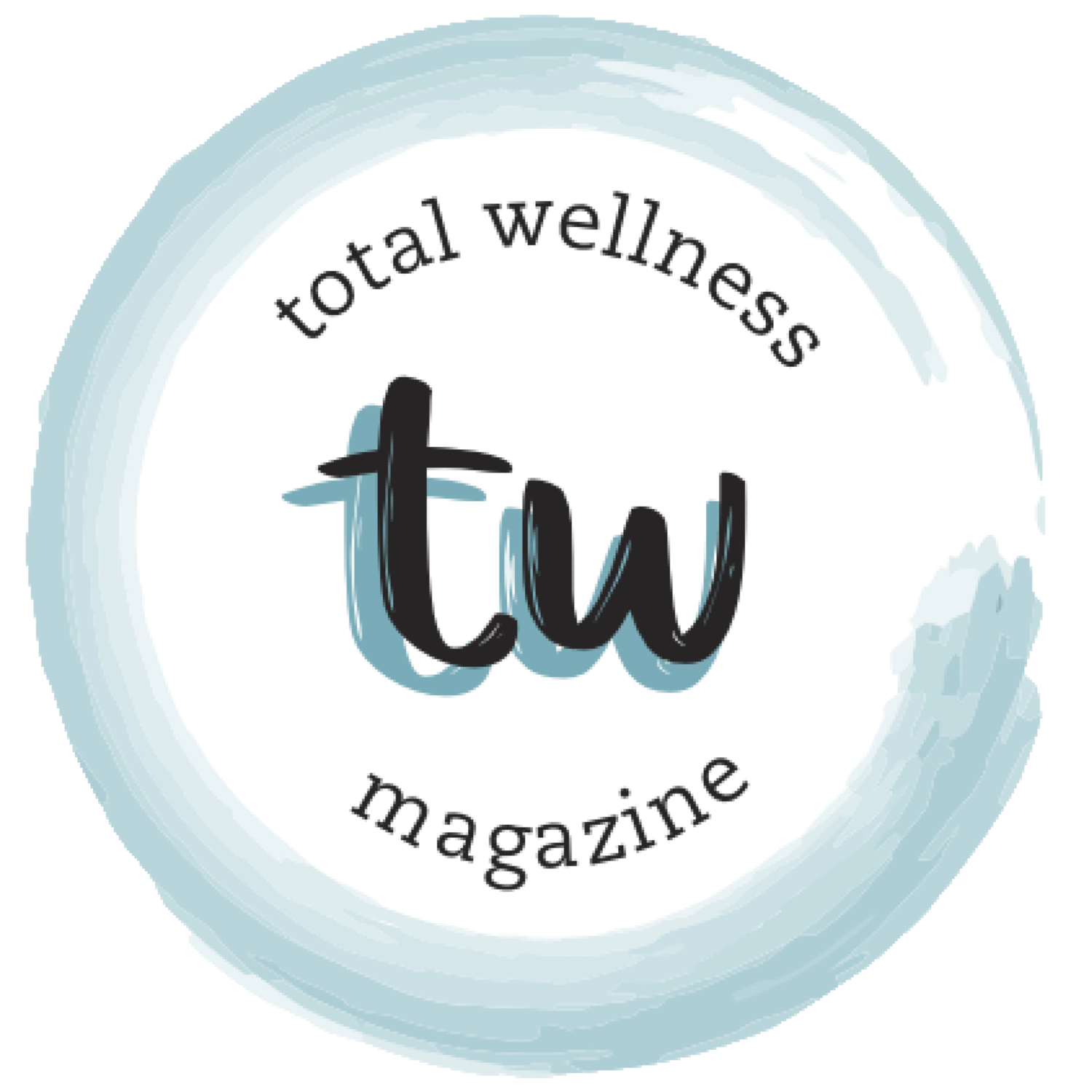Taking Care of Yourself on Your Period
by Chloe Alviz
If you’re reading this, you probably know how unpleasant that “time of the month” can be. You’ve probably had cramps, mood swings, cravings, and those moments where you’ve realized that you forgot to pack a few menstrual products in your bag. On top of this discomfort, you still have to deal with your busy routine. This may make it difficult to wind down and relax, let alone properly take care of yourself during this time. Although your period can be uncomfortable at times, there are many ways you can make them more bearable! Here are some self-care tips that can help you deal with your period.
Use heat therapy to relieve cramps
Although period symptoms vary, menstrual cramps are a classic. If you’ve ever experienced cramps during your period, they can be the most painful part of this monthly process. They can make it seem impossible to power through your daily routine—to the point where walking a few steps can feel like a trek. However, there are many ways you can reduce this pain, one of them being heat therapy!
But first, what are menstrual cramps?
Period cramps are most commonly caused by strong contractions in your uterus as it sheds its lining of tissue and blood vessels. These contractions may be attributed to high levels of a hormone called prostaglandin, which is responsible for controlling blood clots in your body. The higher levels of this hormone, the more severe cramps are likely to be. [1]
How does heat relieve cramps?
Although you might take over-the-counter medicine to relieve your cramps, it’s not the only solution. A 2012 study reported that several women found that using a heating pad was just as effective as ibuprofen in relieving their menstrual pain. [2] Applying heat to affected areas can help relax and reduce tension in the abdominal muscles. It can also promote blood flow and eliminate swelling in the area. [3] So whenever you have some downtime before or after class, consider treating yourself to something hot!
Here are some ways you can incorporate some heat into your routine:
Take a hot shower/bath
Place a warm washcloth or heating pad on your abdomen
Brew yourself a cup of tea [4]
Avoid eating junk food
If you’ve found yourself suddenly craving sweets and high-carb foods while on your period, you’re not alone! These feelings are quite common; in fact, they may be triggered by a hormonal imbalance. Studies show that the amount of serotonin (the hormone that makes us feel good) decreases in your body during menstruation. Eating carb-rich foods allows your body to produce more serotonin. [5]
Although stuffing your face with ice cream and french fries might sound tempting during this time, you should try your best to avoid that urge! The hormonal imbalance caused by your menstrual cycle can lead to more fluid retention in your body, so eating foods high in sodium content may actually cause bloating and cramping to worsen. [6] This also applies to foods that have a high fat and caffeine content.
What foods should I avoid?
Red meat
Dairy (cheese, cream, etc.)
Sugary foods
Fried foods (french fries, chicken tenders, donuts, etc.)
Soda
Coffee
What foods should I eat instead?
During your period, it is recommended that you eat foods rich in essential micronutrients. Studies show that foods rich in calcium, magnesium, and vitamin B6 are helpful in reducing premenstrual syndrome (PMS) symptoms such as bloating, craving, and fatigue. [7] In addition, a study found that foods rich in omega-3 fatty acids were helpful in reducing PMS. [8]
Foods that have these nutrients include:
Fish
Fruits (watermelon, bananas, etc.)
Poultry
Dark Chocolate
Nuts
Leafy greens (spinach, lettuce, kale, etc.)
Water
Get some light exercise
Exercise might be the last thing you want to do during your period, but it actually has a lot of benefits. A 2019 study reported that subjects found exercise more effective than painkillers in treating their menstrual pain. [9] Although curling up on the couch with a heating pad sounds wonderful, there’s always room for physical activity!
What kind of exercises should I do?
You don’t necessarily have to do an intense workout to feel the benefits. In fact, light exercise can still do the trick. According to a 2017 study, women who practiced yoga for 30 minutes twice a week experienced less menstrual pain and symptoms. [10] If your symptoms are painful or you’re not up for going to the gym, yoga may be the exercise for you!
But if you’re down to suit up and head outside, you can also do cardio! A 1994 study found that women who did moderate aerobic exercise during their periods had lower levels of impaired concentration, behavior changes, and pain. [11] Cardio can be a great way to keep up with your exercise levels if you’re normally one for something intense.
Consider journaling or using a period tracking app
In addition to causing physical discomfort, periods can be emotionally draining as well. Women, especially those who experience symptoms of PMS, can suffer from mood swings, irritability, and anxiety during their periods. [12] However, this can be a great opportunity to get in touch with your feelings and process what’s going on with your body. Schedule a few minutes out of your day to journal your thoughts and emotions. You can also log all of the symptoms you’ve experienced and how they affected your activity throughout the day. This helps you to not only see the patterns of activity during your period, but also stay kind to yourself during this time.
If journaling isn’t your cup of tea, you could also consider using a period tracking app! Clue, a menstrual cycle tracking app, has useful features that can keep track and predict your upcoming cycles. It also allows you to log up to 30 different activities that your body experiences, such as blood flow, food cravings, and acne levels.
Remember to pack extra menstrual products
Periods can be spontaneous—they don’t necessarily wait for the “right time” to arrive. Sometimes they come at the most random and inconvenient of moments. And what’s even worse is when you forget to pack a few pads before heading out! To prevent future mishaps, try setting reminders on your phone the night before or pack extras in your bag for emergency use.
How often should I change my pads/tampons?
It’s also important to change out your pads and tampons throughout the day. Regularly changing not only makes you feel more comfortable and clean, but also prevents the risk of getting toxic shock syndrome (TSS). Although it is a rare medical condition, toxic shock syndrome can be caused by toxins released from an overgrowth of bacteria called Staphylococcus aureus. This bacteria is naturally found in the vaginal area; a 2003 study found that this bacteria can form a biofilm on menstrual products while in use. [13] The FDA recommends that you change tampons every 4 to 8 hours—the same applying for menstrual pads. [14] These times may vary since every person experiences different blood flows during their period, but it is generally a good rule of thumb to follow.
Where can I access free menstrual products on campus?
Ashe Center
UCLA LGBTQ Resource Center
The Bottom Line
Menstrual cycles are messy. They not only are physically and emotionally draining, but also come at the most uncalled for times. However, even with a busy schedule, it’s important to prioritize self-care while you’re on your period. These can be little things—whether it’s monitoring what you eat or taking a few minutes out of the day to meditate and journal. If you have downtime on your hands, you can also consider exercising or brewing yourself a nice cup of tea! Don’t forget to pack a few pads or tampons before you go!
References
“Menstrual Disorders: Causes and Remedies.” Res J Pharm Bio Chem Sci. (2016).
"Comparing the analgesic effect of heat patch containing iron chip and ibuprofen for primary dysmenorrhea: a randomized controlled trial.” BMC Women’s Health. (2012).
"Heat therapy for primary dysmenorrhea: A systematic review and meta-analysis of its effects on pain relief and quality of life." Natl Ctr Biotech Info. (2018).
"The 7 Best Teas For Pain Relief From Cramps" cupandleaf.com
"Brain serotonin, carbohydrate-craving, obesity and depression." Natl Ctr Biotech Info. (1995).
“Water retention: Relieve this premenstrual symptom.” mayoclinic.org. (2019).
“Premenstrual syndrome (PMS).” womenshealth.gov. (2018).
“Painful menstruation and low intake of n-3 fatty acids.” Ugeskr Laeger. (1996).
“The effectiveness of self-care and lifestyle interventions in primary dysmenorrhea: a systematic review and meta-analysis.” BMC Complement Altern Med. (2019).
“Effect of yoga on the menstrual pain, physical fitness, and quality of life of young women with primary dysmenorrhea.” J Bodyw Mov Ther. (2017).
“Aerobic exercise, mood states and menstrual cycle symptoms.” J Psychosom Res. (1994)
“Menstrually Related Mood Disorders.” unc.edu. (2020).
“Detection of Staphylococcus aureus Biofilm on Tampons and Menses Components.” J Infect Dis. (2003).
"The Facts on Tampons—and How to Use Them Safely." fda.gov. (2018).












